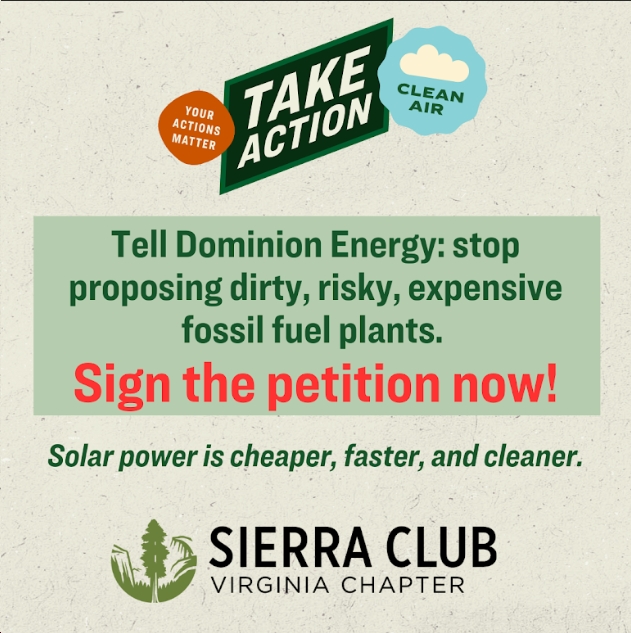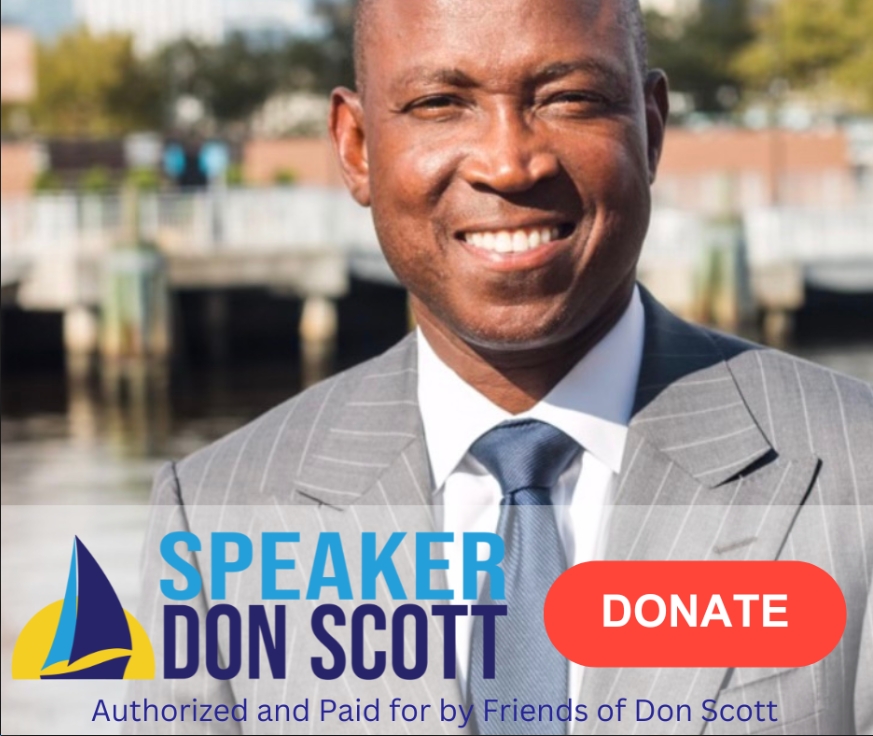Great question by Ivy Main: “Will Virginia step up for its rooftop solar industry?”
For solar energy, 2025 is the best of times and the worst of times. It’s the fastest growing energy source in the world and the largest source of new power capacity additions in the U.S. for the fifth year in a row. Even in the absence of tax subsidies, solar is the cheapest source of new electricity in Virginia, and indeed almost everywhere.
Yet the congressional Republican budget law’s early termination of tax incentives for solar, together with the Trump administration’s determined efforts to restore fossil fuel dominance, make these dark days for the solar industry. The EPA is relaxing pollution standards for power plants and refusing to enforce regulations, and the same law that cut clean energy credits provided tens of billions of dollars in tax subsidies for drilling and mining activities. (What, did you think they wanted to level the playing field?)
As a result, analysts project a sharp drop-off in solar installations in the coming years, posing a challenge to energy reliability and affordability. With data centers driving up the demand for electricity, the loss of tax credits for solar will mean higher costs for our utilities, and therefore higher utility bills for customers. Virginians who worry about high electricity bills should be very unhappy with the rollback of these incentives.
How the rollbacks could push solar forward (at least for now)
Ironically, though, the coming end of tax credits has goosed the U.S. solar market in the near term. The industry has never been busier, as companies scramble to get projects completed in time to qualify for the tax credits before they expire. With careful planning, solar developers will be able to stretch tax credit eligibility to cover projects for a few more years, softening the blow for consumers.
And in the long term, the solar industry feels confident that the technical and cost advantages of renewable energy will win out in America as they continue to do abroad. Politics and policy aside, utility-scale solar is the cheapest, cleanest and fastest-to-build electricity source available in most of the U.S. The technology continues to push efficiencies up and costs down, while protecting Americans from the pollution and fuel costs of coal and gas. With energy storage technologies following the same price trajectory as solar, it is hard to imagine the U.S. willingly turning its back on clean energy for long.
In Virginia, of course, utility solar still faces rural resistance. But having embraced data centers, Virginia will have to find the energy to power them, and price has a way of winning out.
While the solar industry overall will survive, the loss of federal tax credits is landing hard on the segment that serves homeowners and businesses. The economic case for distributed solar has never been a slam-dunk in Virginia, given the higher costs involved. Now the question is whether it can remain even a reasonable investment.
The Virginia solar industry has grown a lot in the past decade and now includes 199 companies employing close to 5,000 workers, almost double the number employed in coal mining. I haven’t seen numbers specific to distributed solar, but installing solar on rooftops is more labor-intensive than utility solar. More importantly, these jobs tend to be local to Virginia, and most don’t require a college degree.
Distributed solar is also important to our energy supply and resilience. Sunny rooftops could potentially supply as much as 20% of Virginia’s electricity, yet less than 3% of Virginia homes have solar now, leaving plenty of room for growth. Rooftop solar is also a vital component of community resilience; when batteries are added to solar, buildings can remain powered during storms and other events that take down the wider grid. And of course, solar and batteries can form the basis for virtual power plants that support the grid and reduce the need for utility investments.
A trifecta of solar success
Three policies have enabled the industry to succeed here, and all three have been subject to attack. The first, of course, is the federal tax credits, which allow owners of solar arrays to recover 30% of project costs through their tax returns. For residential customers, availability of this credit will now expire at the end of 2025.
The good news is that structuring residential solar installations as leases or power purchase agreements puts projects under a more favorable provision that gives commercial owners of solar panels until July of 2026 to begin construction. This won’t work for everybody, and residential power purchase agreements are currently legal in Virginia only for low-income customers, but it does offer some breathing room.
The second policy critical for rooftop solar is a Virginia program that lets owners of solar arrays earn money from the sale of solar renewable electricity certificates (SRECs) associated with the electricity they put onto the grid. The Virginia Clean Economy Act (VCEA) requires Dominion Energy Virginia to buy SRECs to meet a small fraction of its renewable energy purchase obligation. Customers with solar who choose to sell their SRECs can offset some of their costs this way, making solar more affordable. (Since SRECs represent the “bragging rights” to solar – the legal right to claim you are powering your home or business with solar – not everyone wants to sell theirs.)
Customers and industry members say, however, that the Virginia SREC market is neither robust nor transparent. The price that Dominion pays for SRECs would have to be substantially higher to overcome the loss of federal tax credits. Some advocates have floated the idea of asking the tech companies to support the distributed solar market through voluntary SREC purchases, which could raise SREC values and help localities build more solar on schools and other public buildings.
A bipartisan-backed bill that Virginia Gov. Glenn Youngkin vetoed this year would have increased the percentage of Dominion’s electricity that must come from distributed solar generation. This would have incentivized more rooftop solar and possibly resulted in higher SREC prices through the normal economics of supply and demand. But so far there is no plan to set a floor on SREC prices.
The third supportive policy for distributed solar is net metering, which ensures that customers of Dominion and Appalachian Power get credited at the retail rate for surplus electricity they supply to the grid. Customers pay the utility only for the net energy they purchase. While this doesn’t make rooftop solar cheaper, it does mean customers don’t actually lose money on their surplus generation, as they would without net metering.
Dominion and APCo have tried repeatedly to undermine net metering, so far without success.
The State Corporation Commission recently rejected a proposal from APCo to replace one-for-one credits with a payment system valuing distributed solar at the utility’s avoided cost for energy – about one-third of retail. The effect on customers would have been severe, making it impossible for most new buyers to recoup the cost of solar panels. In rejecting APCo’s proposal, the SCC cited expert analyses showing that the value of customer-sited solar to the grid and the public equals or exceeds the retail cost of energy.
Dominion has also filed a proposal to gut net metering in its territory. Its replacement program differs from APCo’s, yet it too results in a greatly reduced compensation rate. The SCC has not ruled on Dominion’s request yet, but it’s hard to see how Dominion could succeed where APCo failed.
Net metering is the rock that Virginia’s rooftop solar industry is built on, so the SCC’s decision preserving the program was critical to the industry’s very survival. Net metered solar will also remain an appealing hedge against rising electricity rates for many people. Still, there is no getting around the fact that losing the 30% tax credit is the kind of blow that can send an industry off a cliff.
What’s next
What can the industry, or policy-makers, do to counteract the loss of tax credits?
The most obvious step is for the General Assembly to once again pass legislation increasing the requirement for utility SREC purchases (and this time with the governor signing the bill). The bill has other good provisions, like making residential power purchase agreements legal beyond the low-income market, and these will also help the industry.
Virginia should also consider adopting a streamlined permitting protocol for onsite solar, as states like Florida have done. Some Virginia localities have already adopted automated permitting software, such as SolarAPP+, a free platform developed by the National Renewable Energy Laboratory. Permitting in some other localities, however, reportedly remains so arduous that it adds significantly to costs and delays in installing rooftop solar.
Speaking of permitting, Virginia could pass a law like Utah’s to allow so-called balcony solar, plug-in solar panels that don’t require professional installation. The kits still require national certification before they can hit the market, however.
Virginia could devote some emergency preparedness funds to onsite solar and storage at schools and senior centers to make local communities more resilient. These microgrids would save on energy costs for taxpayers and ensure people have a place to go that still has power when the larger grid is down.
Utilities could once again be tasked with funding solar on low-income housing, as they did in response to Republican-sponsored legislation passed in 2019. Localities could be allowed to require solar panels on parking lots in some new developments, as provided in a bill the governor vetoed this spring. Legislation to increase goals and funding for solar on closed landfills, coal mines and other brownfields would also bring more solar to places where everyone agrees it is welcome.
Finally, our Department of Energy has done a very good job supporting solar energy through both Democratic and Republican administrations. It could now be asked to convene meetings with the solar industry to plan a pathway to solar on more homes and businesses. They could start with a program of government-backed advertising and outreach to educate more consumers about the value of solar, its cost, and how to hire trustworthy installers. Customer acquisition is one of the biggest costs for solar companies, so reaching potential customers will reduce costs.
Meanwhile, what can the average resident do? Talk to your elected leaders and candidates and get them to put in pro-solar bills and support the legislation you want to see. If Virginians want more home-grown clean energy, we need to make it happen.
This article was originally published in the Virginia Mercury on September 25, 2025. It has been updated to correct the date by which construction must commence in order to qualify for federal tax credits.











![Video: Former Eastern District of VA Federal Prosecutor Gene Rossi Asks, “Is Donald Trump going to be the lead counsel in that prosecution [of Jim Comey] and do the opening, closing and rebuttal? I pray that he does!”](https://bluevirginia.us/wp-content/uploads/2025/09/rossiedva-100x75.jpg)

